Gas light to green light: The changing nature of energy on our islands
There are countless examples of businesses that failed to adapt to changing tastes, technology, or the market and there are those that have been able to react and thrive. From DVD rental companies like Netflix, whose humble origins posting DVDs to customers have seen them adapt and become giants of the entertainment industry to companies like Yellow Pages. The yellow doorstop is no more, but the company still exists as Yell.com, offering the same service to its customers but in a more efficient and user-friendly way.
The energy sector is no different, we are innovating all the time. From the introduction of gas into the islands at the beginning of the 19th century to LPG today, we need to embrace change and move with the times, which is why we’ve committed to becoming a Net Zero business by 2050. But what does this mean?
The Net Zero Challenge
It means that as a Net Zero business we shall be using the carbon management hierarchy to explore ways that we can manage the CO2 and other greenhouse gasses we currently produce. To align with international standards for a Net Zero business, we would only rely on carbon offsetting as a last option for 10% of our hardest to control emissions. Over the coming years there is a lot of work to do to find other ways to manage that other 90% of our emissions.
To achieve our Net Zero aim, were focusing on four pillars. Each of these pillars outline a key area to manage our carbon emissions and support our customers and islands to do the same
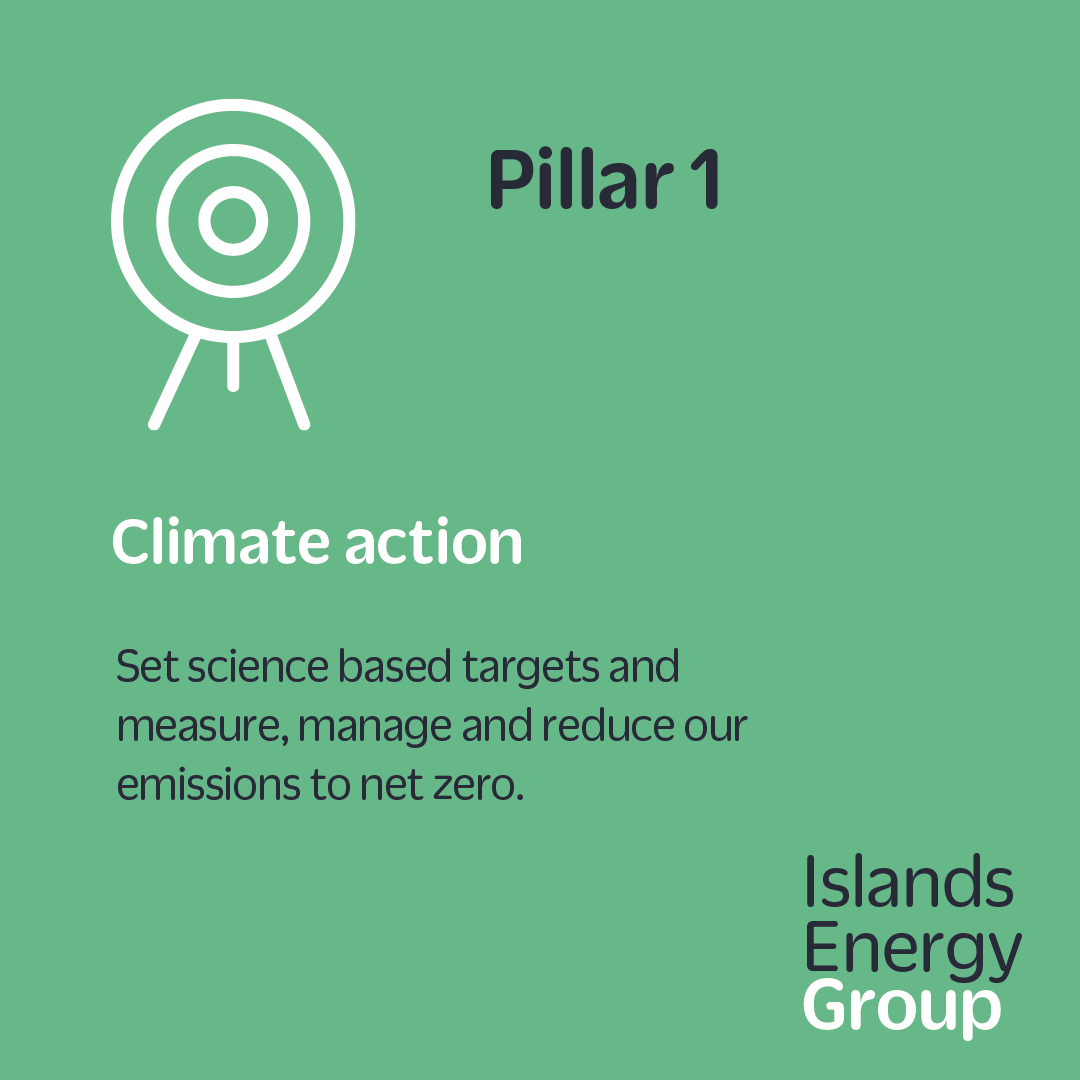
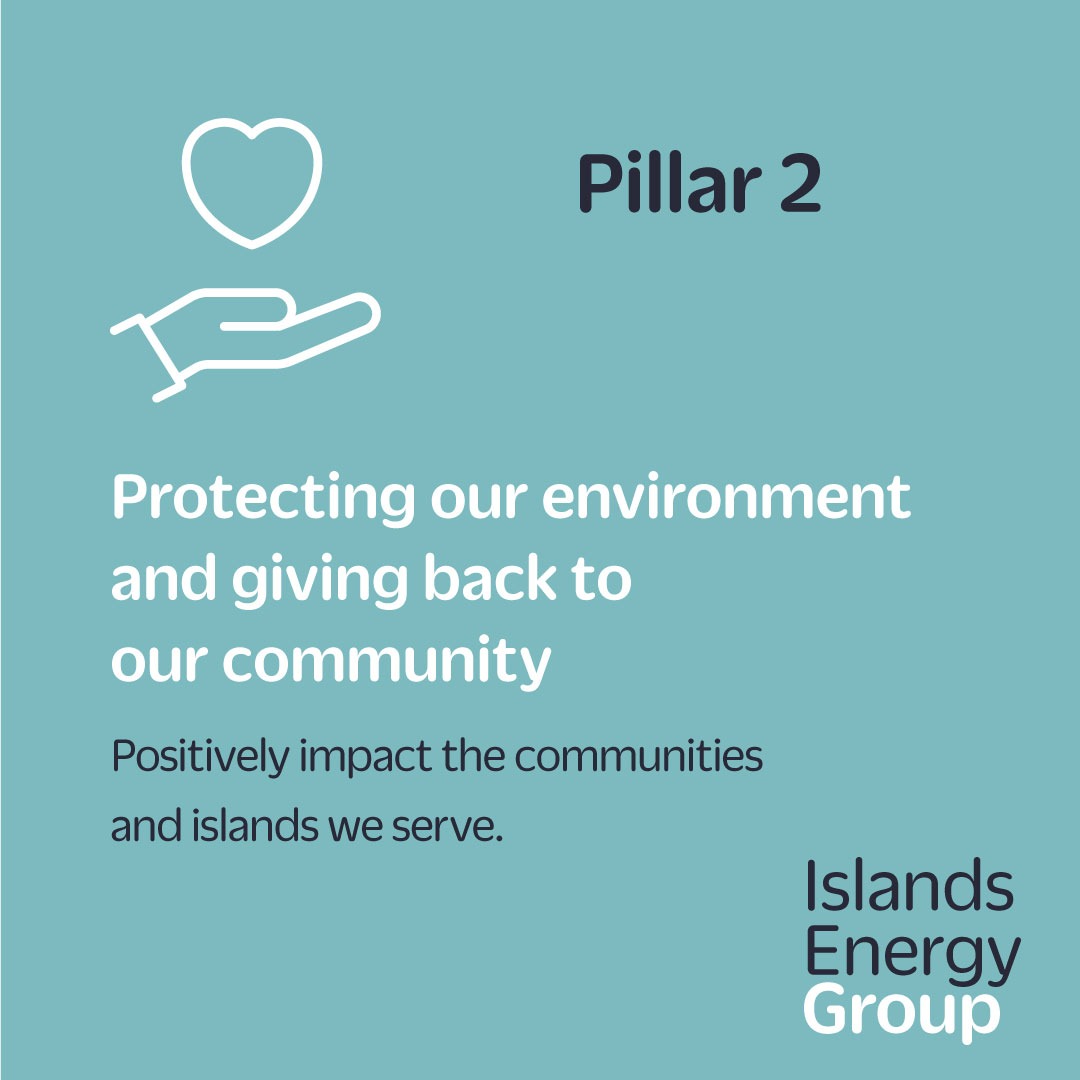
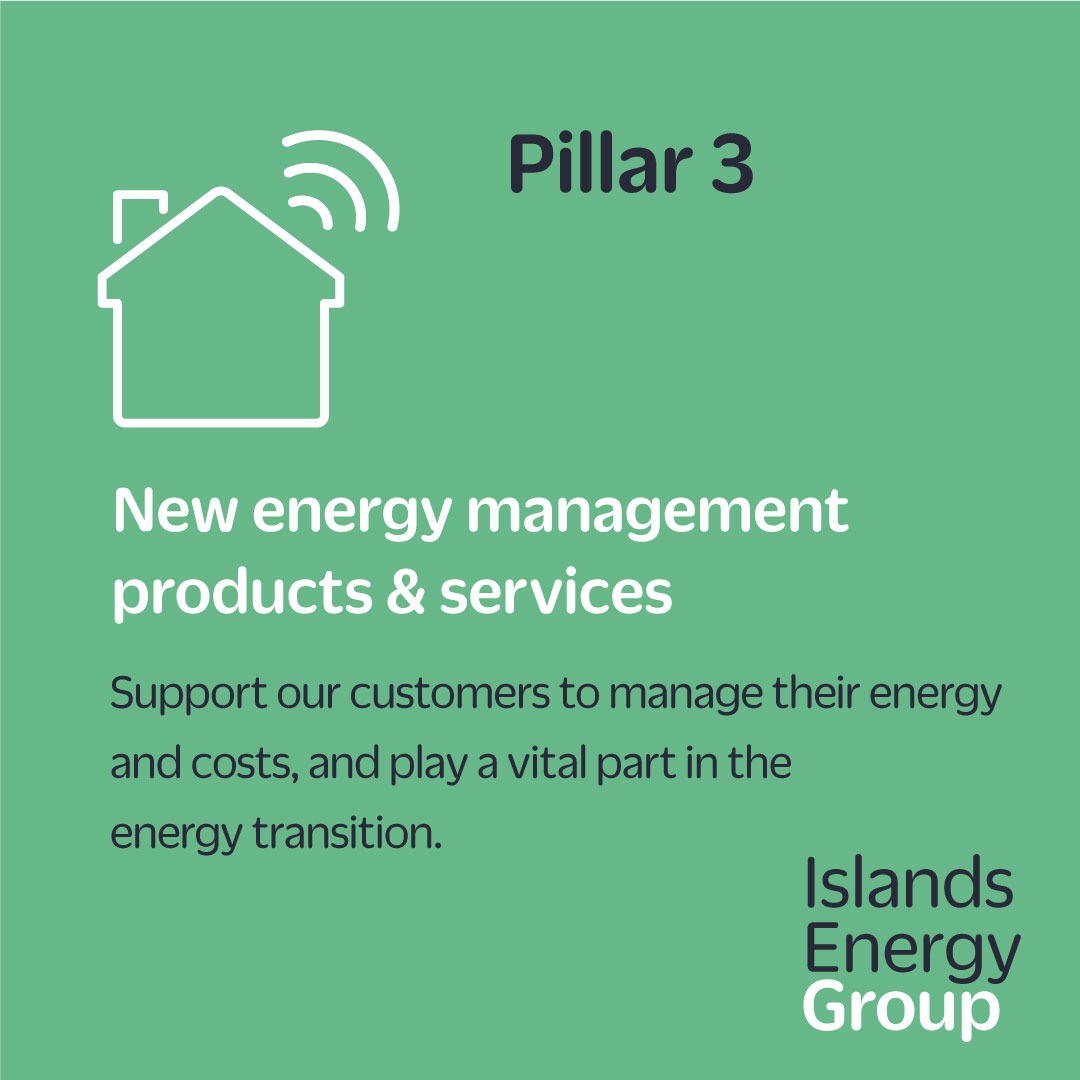
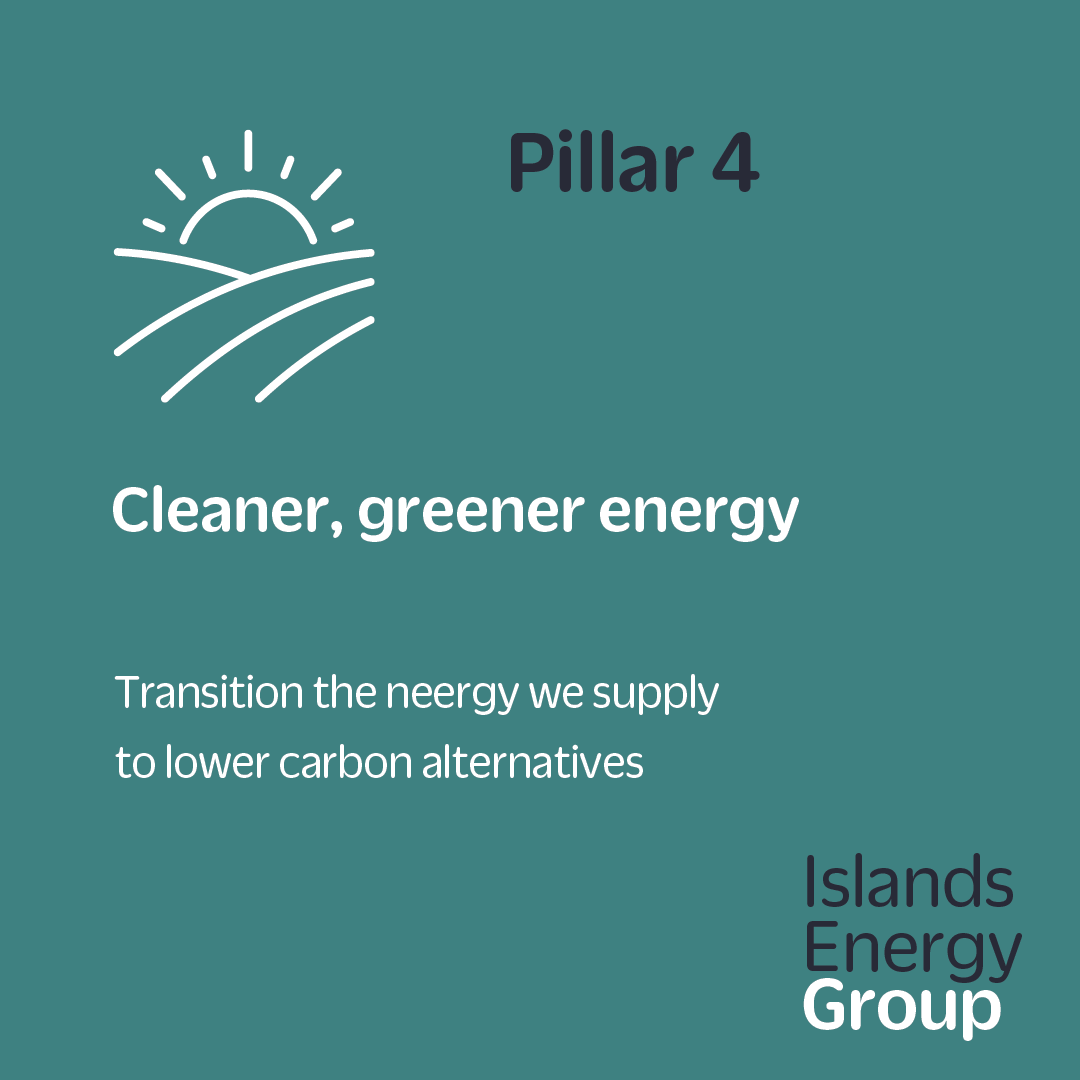
A look back
Since our businesses were first founded in the 1830s, we have been involved in driving positive change for the islands we serve, and that drive to improve has never been greater than it is today.
Over the last two centuries, the production and distribution of gas on the islands has undergone positive social and environmental improvements. From coal-powered gas to ‘town gas’ in the 1950s, heralded as a “bold and courageous experiment”, to transitioning to synthetic natural gas in the mid-1970s which presented the challenge of converting every single gas appliance; energy transition is not a new concept for us.
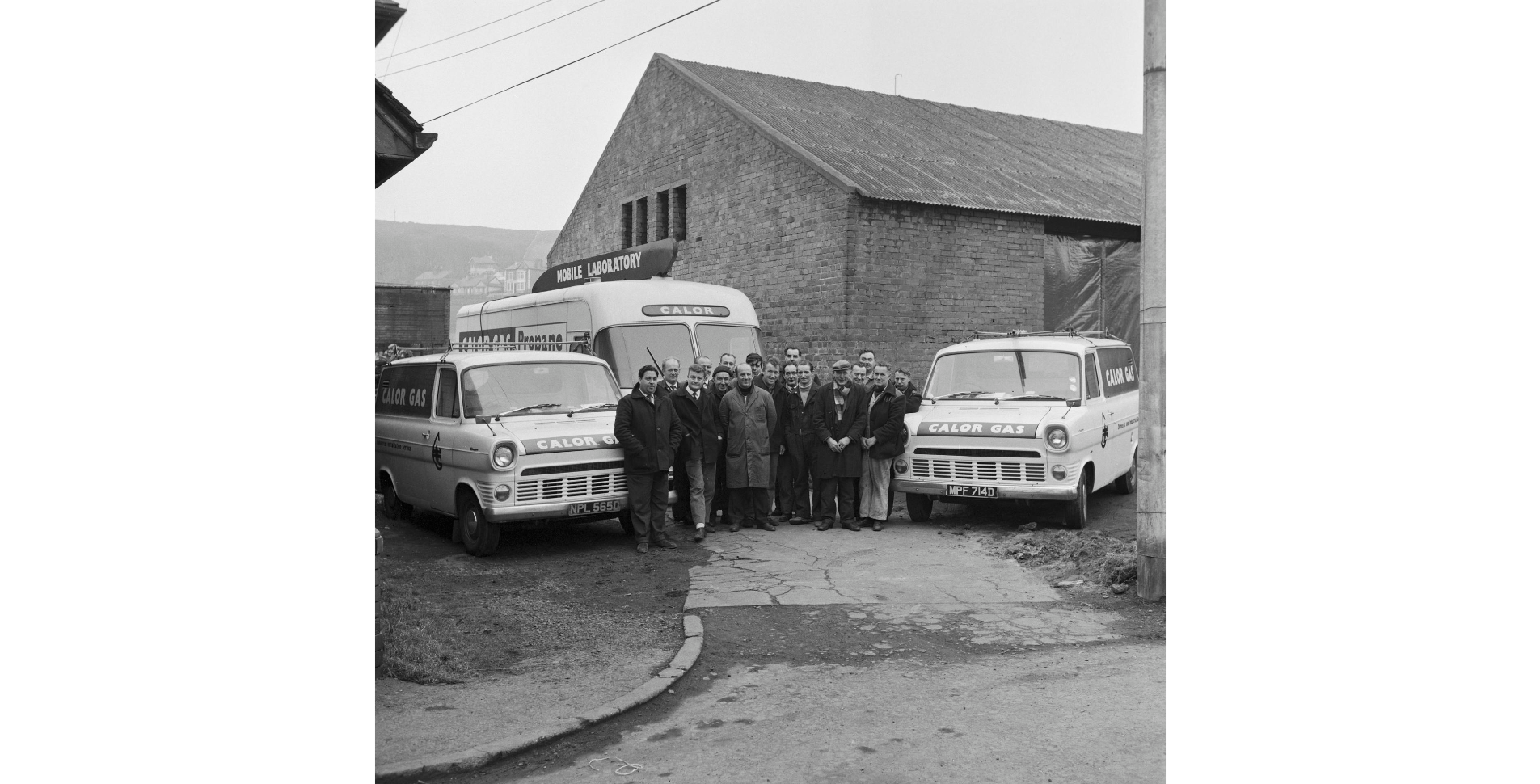
A look forward
The Covid 19 pandemic and war in Ukraine accelerated the focus on sustainability and renewable energy sources and with governments around the world focused on Net Zero the energy sector is set for big changes.
In the medium term making sure that we have a secure, affordable, and sustainable supply is one of the key challenges facing governments and the energy sector.
Europe, the UK and the three islands we serve are all looking at rapidly increasing the amount of energy they get from renewables and other alternative energy sources such as renewable gas, including Hydrogen. However, there are challenges: in 2021, renewables only made up about 50% of the UK’s energy generation capacity, and currently the power they supply is intermittent and needs to be balanced.
The ability of the existing electricity grids on each island to accept additional load from renewables is, and shall continue to be a challenge without significant investment and time to make the upgrades, which in turn creates additional hurdles to achieve the Net Zero related policy being proposed by local governments which shall need to be solved.

What the future holds
We are committed to accelerating each of the islands towards a shared Net Zero future by 2050, by reducing our business carbon footprint and decarbonising the gas transported through our network. We acknowledge that as an integral part of the community of each island, we can’t reach our targets or help achieve the Net Zero aspirations for the islands without a coordinated approach that focuses on what matters to our customers, stakeholders and our employees.
We are looking to spearhead lower-carbon green gases and diversify our business into other products and services that help with the energy transition whilst setting ourselves some ambitious targets to reduce our carbon footprint, support biodiversity and reduce waste.
How IEG can support
As the sole distributor of natural gas via our network in the Isle of Man, and LPG air in Guernsey and Jersey, we have the potential to make a significant difference in moving the energy transition dial on the islands we operate. As we supply 35,000 customers across the islands, supporting them is paramount.
We need to be clear: gas is part of the transition solution.
Powering the islands is part of our DNA and the evolution from gas to more sustainable energy sources is our focus. We need to make sure that there is power for future generations which is reliable and puts our net zero goals as a priority. This means using our technical ability, network and experience to explore a range of ‘new’ sources of energy from hydrogen to biofuels, and others. Our mantra, ‘putting the customer at the heart of everything we do’ shows that we will balance the needs of the environment with the needs of our customers, helping them to manage their energy and costs.
Benefits for society and the environment
The transition to a cleaner, greener energy will be beneficial for society as it can reduce energy bills and business costs, which in turn frees up money for investment in other areas. With more room for investment, this creates economic opportunities for more jobs in various sectors, which helps our growing population. Furthermore, shifting to a cleaner energy landscape will mean we will be able to protect our customers from increases in the price of fuels and help reduce their carbon footprint, creating a higher customer satisfaction rate.
We know that achieving Net Zero will have a positive impact on the climate and will protect the environment and natural resources. Reducing carbon emissions will help to alleviate the effects of climatic emergencies, comprising of high temperatures, natural disasters and rising sea levels, all of which are detrimental to our world.
We are confident that continuing to innovate in our sector is part of the solution to this challenge and are working extremely hard to find the low-carbon solutions that will contribute to better islands, and a better world.
.

 Back
Back